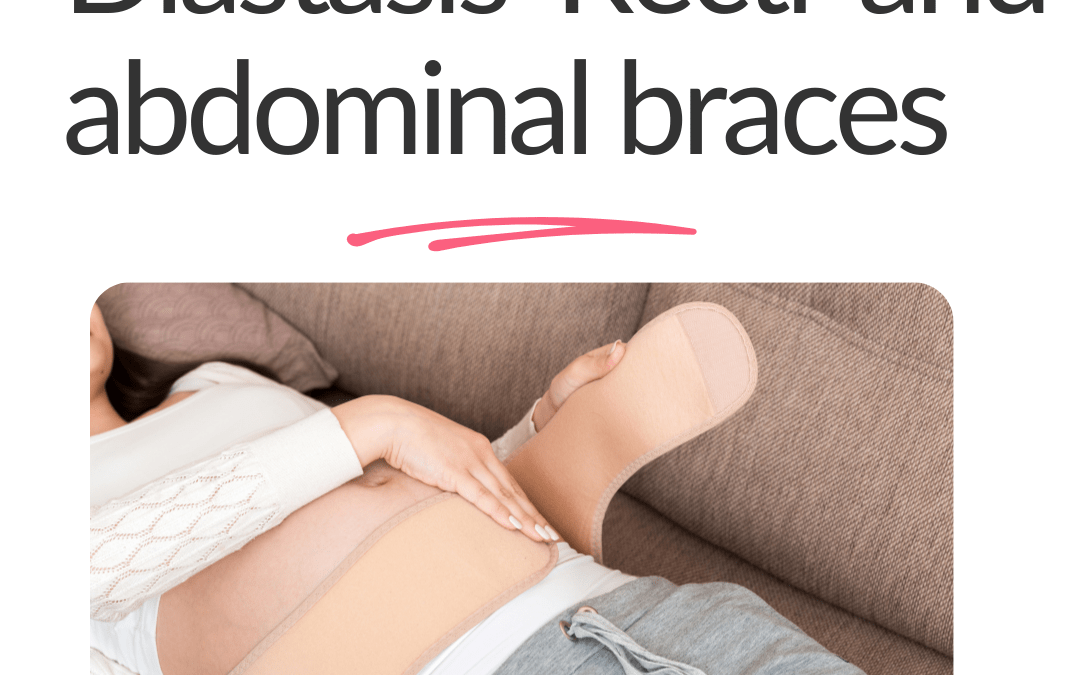Introduction:
Managing diastasis recti can be a daunting task, with an array of information available that may leave you feeling overwhelmed. In many cases, people consider braces or even surgeries as quick fixes. However, it’s crucial to approach this condition with caution and a comprehensive understanding of its complexities.
The Importance of a Holistic Approach:
Focusing solely on closing the abdominal gap without addressing underlying issues can potentially lead to more significant problems. Research suggests that diastasis recti often occurs due to compromised core pressure management. This weakened core can cause pressure to concentrate at the weakest point, which may manifest as a gap in the abdominal muscles. Attempting to forcefully close this gap through tight braces, surgical procedures, or other techniques without imparting the necessary skills to manage core pressure can inadvertently create new complications.
Studies Highlighting Concerns:
Several studies have shed light on the potential risks associated with the use of braces or support garments for diastasis recti:
A 2016 study published in the Journal of Women’s Health Physical Therapy revealed that postpartum support garments were linked to an increased risk of pelvic organ prolapse in women with diastasis recti.
Another study in the Journal of Obstetrics and Gynaecology Canada (2017) found that support garments for diastasis recti were associated with a heightened risk of pelvic organ prolapse in women who had undergone cesarean section deliveries.
In 2018, the Journal of Physical Therapy Science published a study suggesting that abdominal binders for diastasis recti may elevate intra-abdominal pressure, potentially contributing to pelvic floor dysfunction and pelvic organ prolapse.
It’s important to note that not all individuals with diastasis recti will experience these complications. Various factors, including underlying pelvic floor issues, may increase the risk of prolapse. Consulting a healthcare provider before using a brace or support garment for diastasis recti is advisable.
The Role of Braces in Diastasis Recti Treatment:
Diastasis recti is characterized by the separation of the rectus abdominis muscle along the linea alba. While braces, abdominal binders, or support garments can offer temporary relief and muscle support, they may not be ideal for long-term treatment due to the following reasons:
Weakening of Abdominal Muscles: Excessive reliance on a brace can lead to the weakening of abdominal muscles over time, hindering the natural healing process.
Poor Posture: Braces may promote poor posture, as they provide external support instead of encouraging the engagement of core muscles, potentially leading to back pain.
Restricted Movement: Wearing a brace can limit mobility and hinder engagement in physical activities, which are essential for diastasis recti recovery.
Impact on Breathing: Braces may restrict deep breathing, negatively affecting overall health and oxygenation.
Conclusion:
In conclusion, while braces can provide short-term relief and support for diastasis recti, they should not serve as the sole treatment. A holistic approach that includes targeted exercises to strengthen abdominal muscles, posture correction, and lifestyle adjustments is typically more effective. At my practice, we prioritise understanding our clients’ muscle connections and teaching them how to manage load and pressure effectively. If you are seeking treatment for diastasis recti, consider scheduling an appointment with us to embark on your journey toward recovery.
Warm regards,
Dori
You can book your appointments now and get started!


